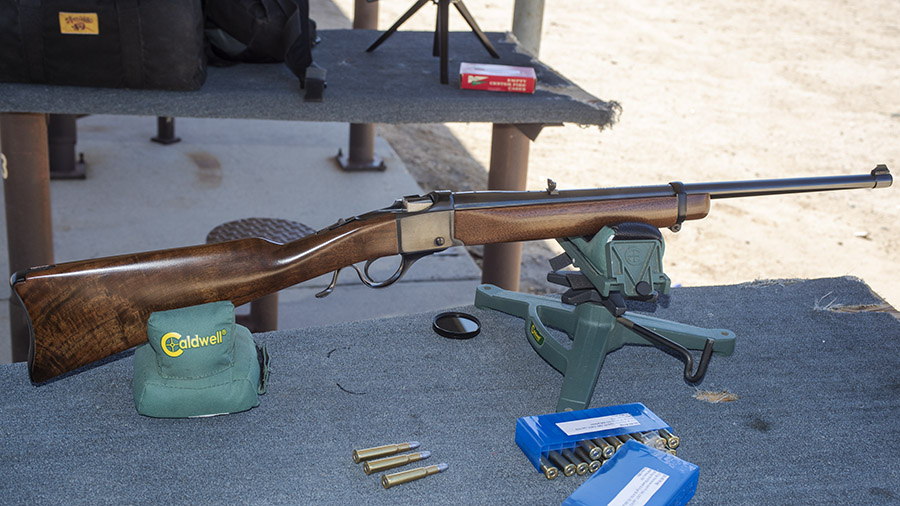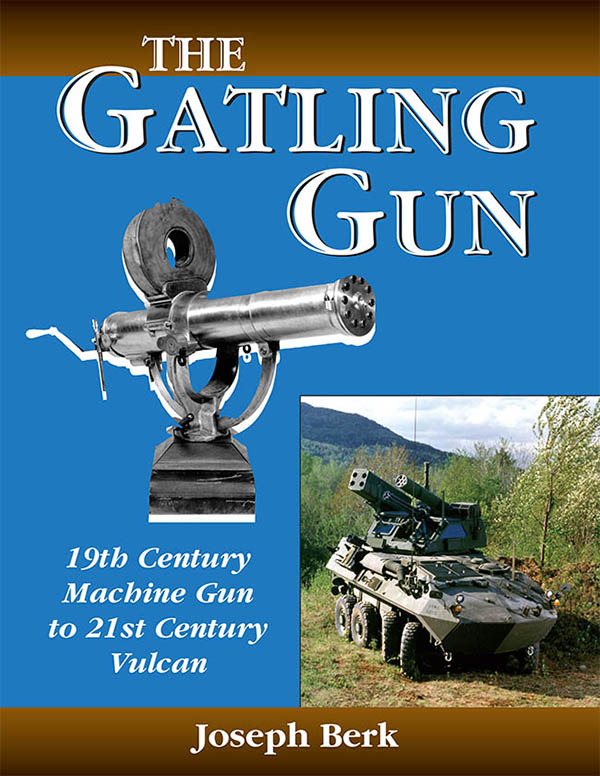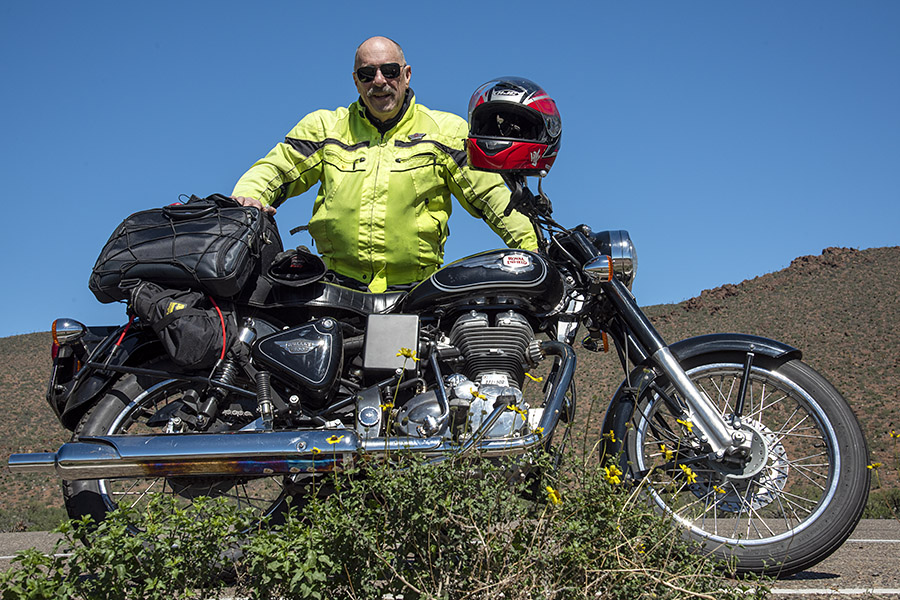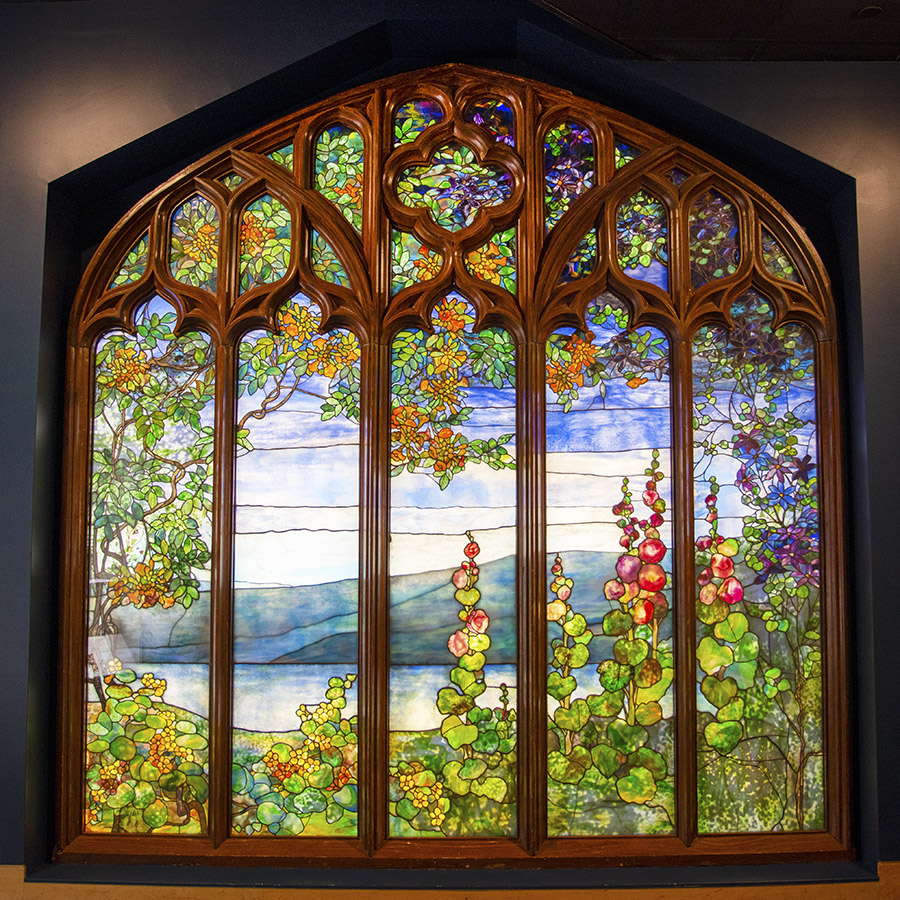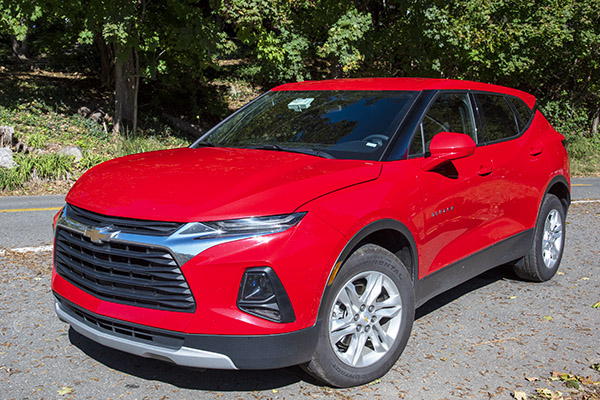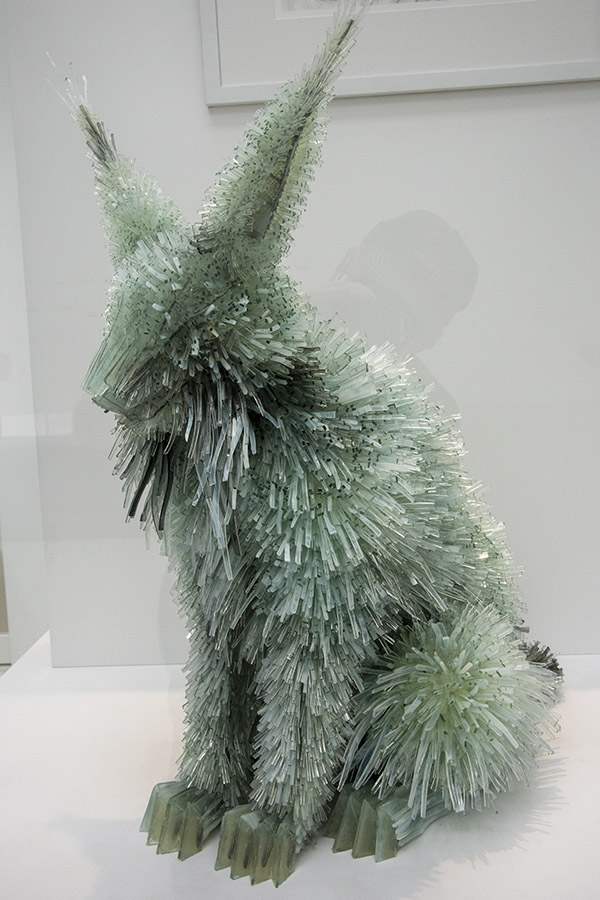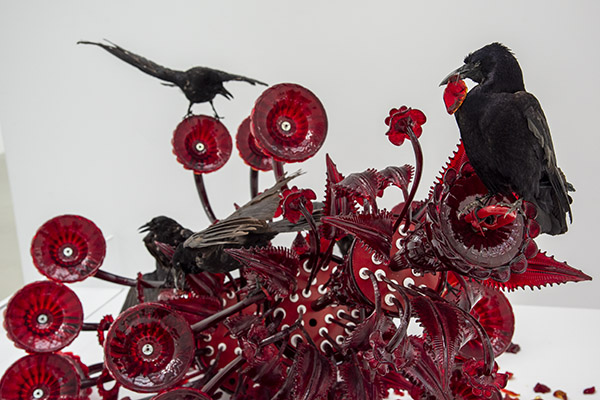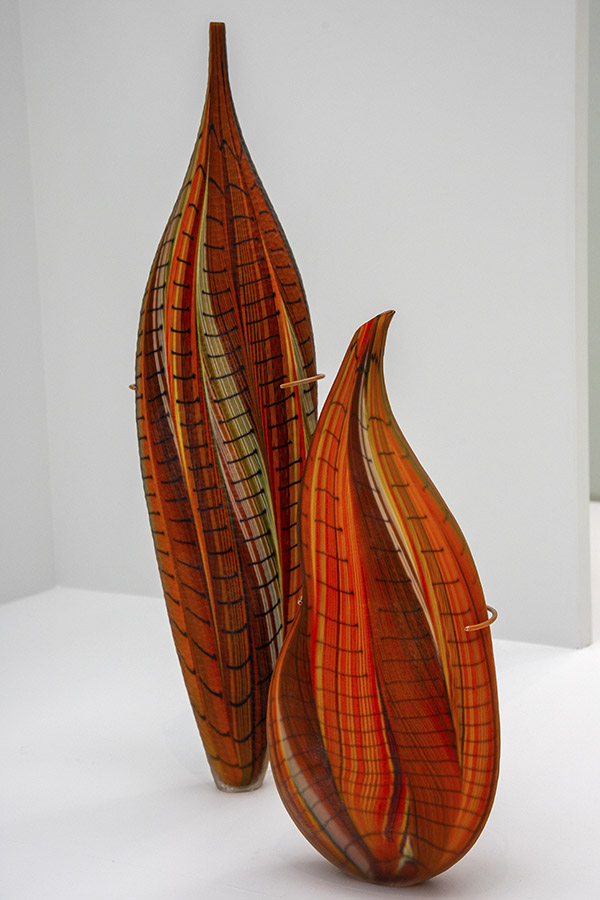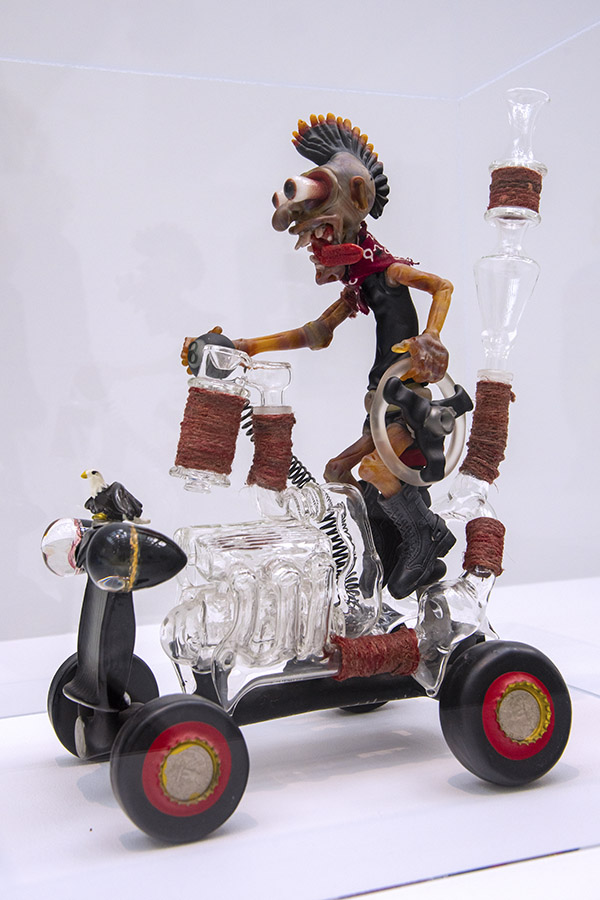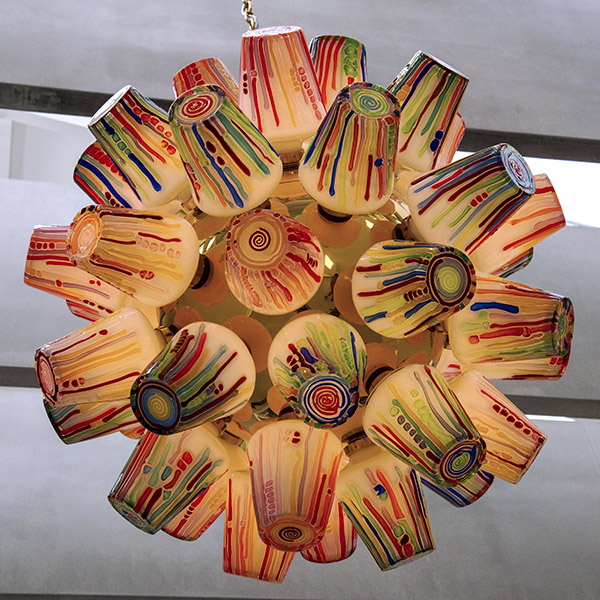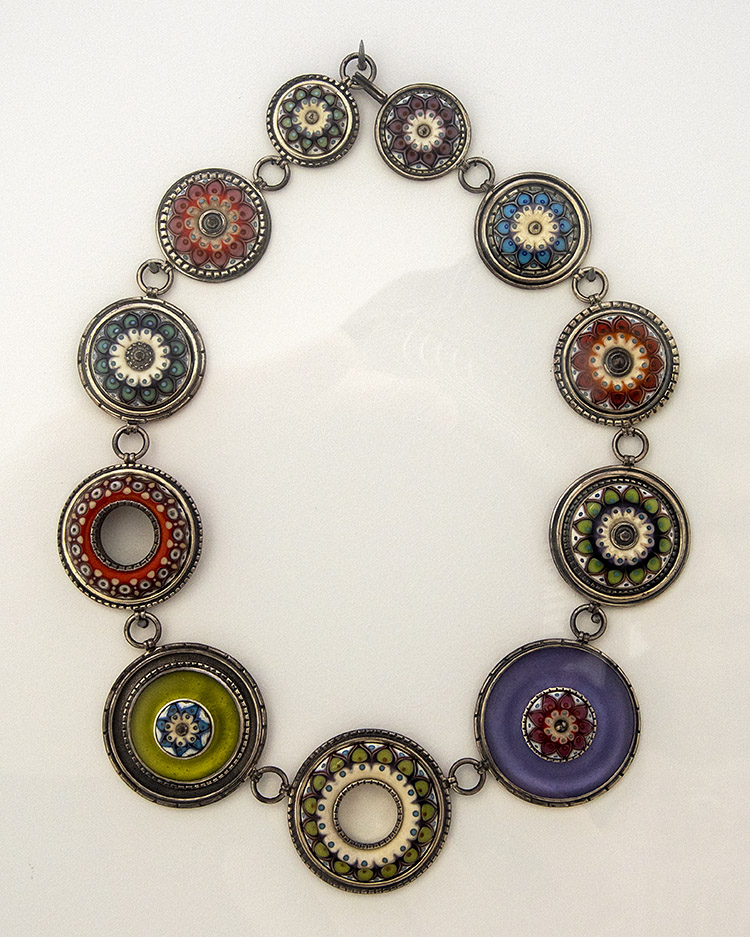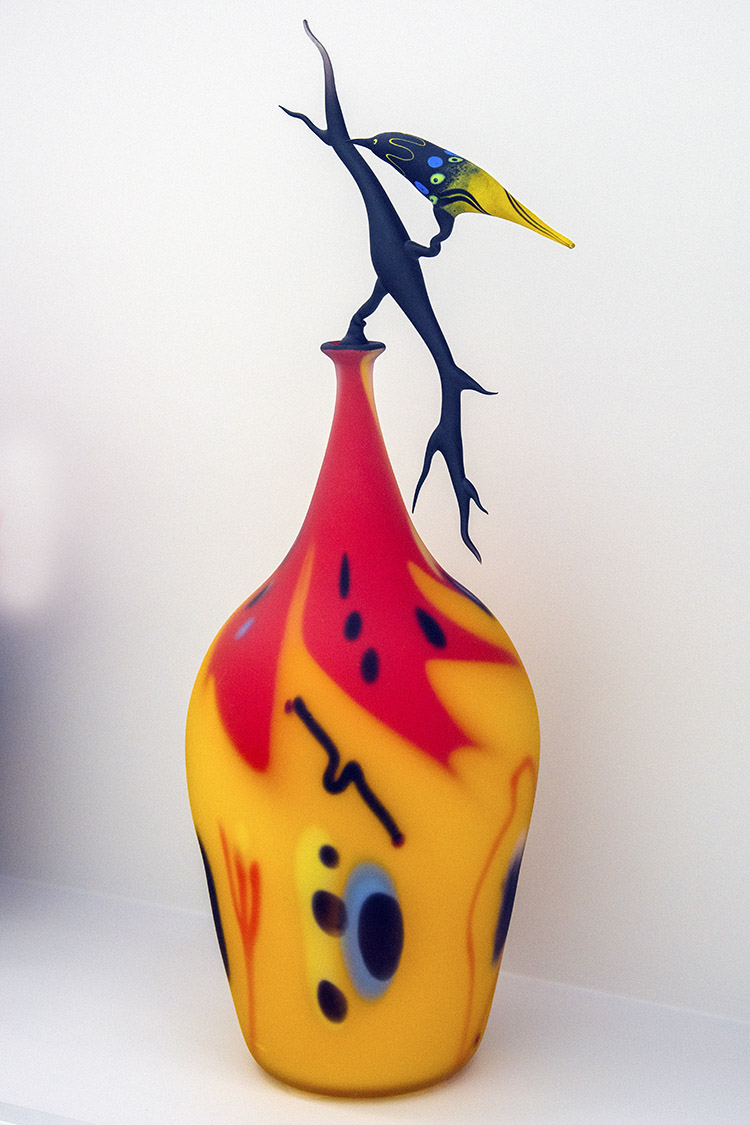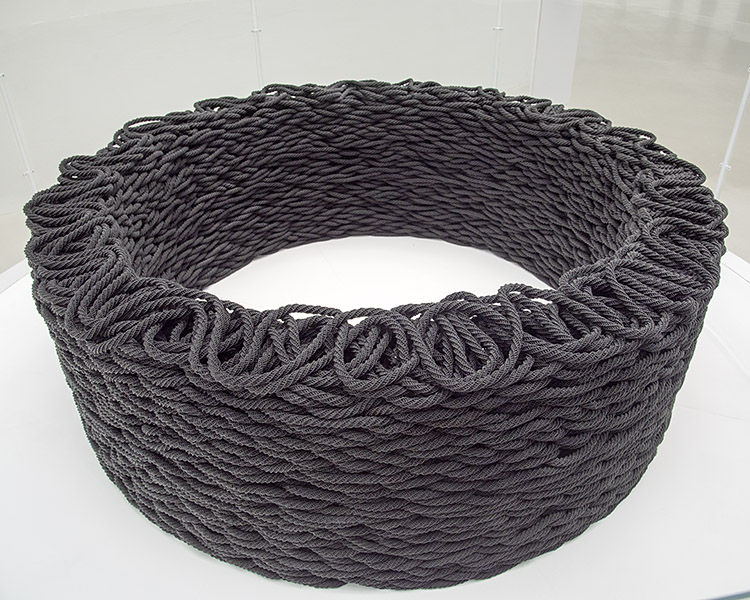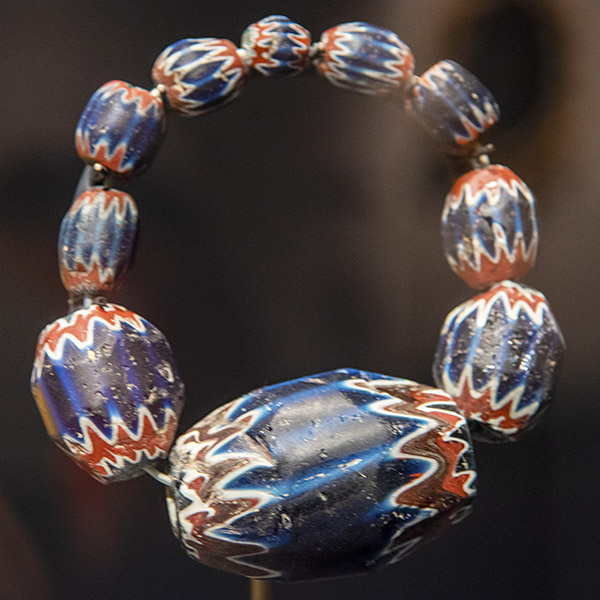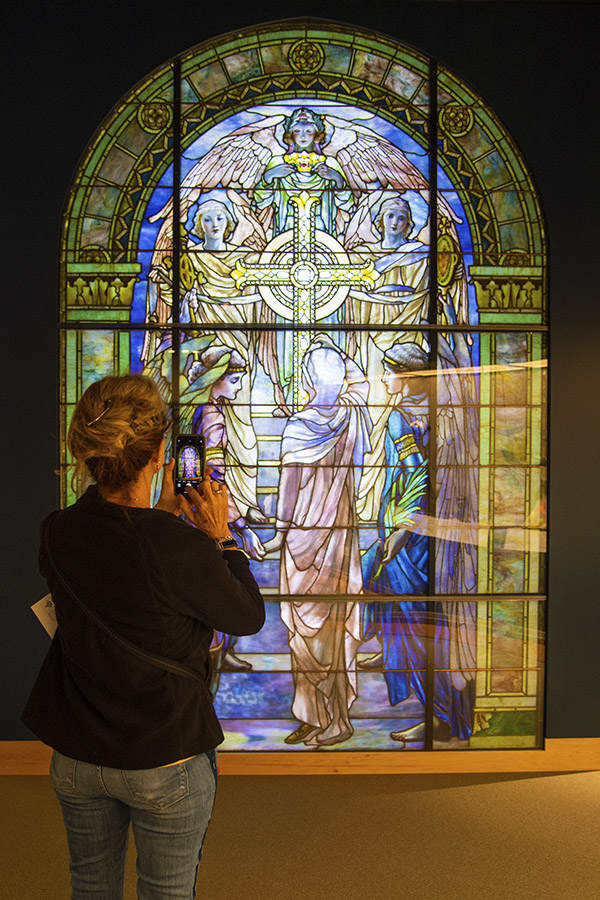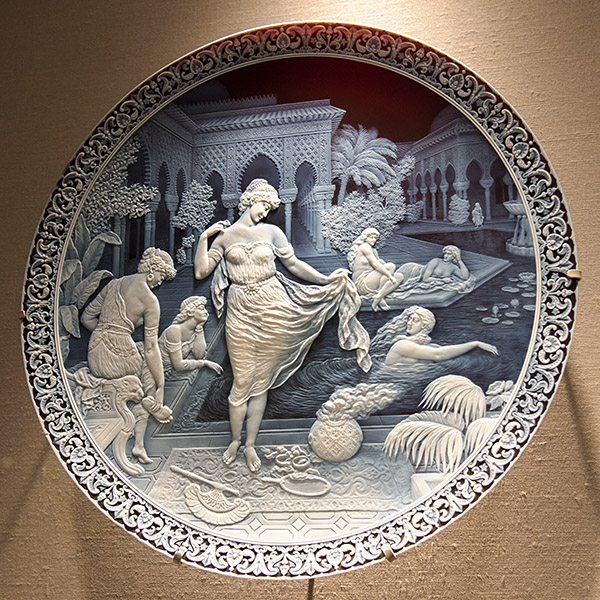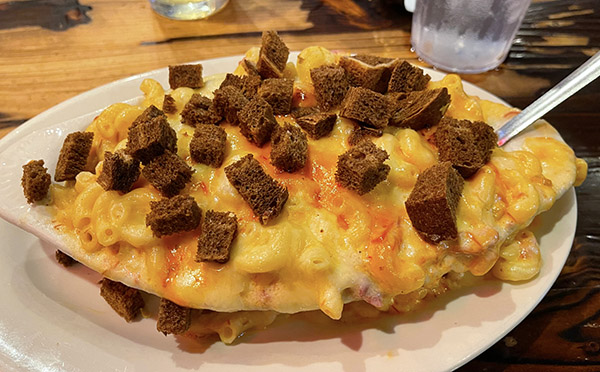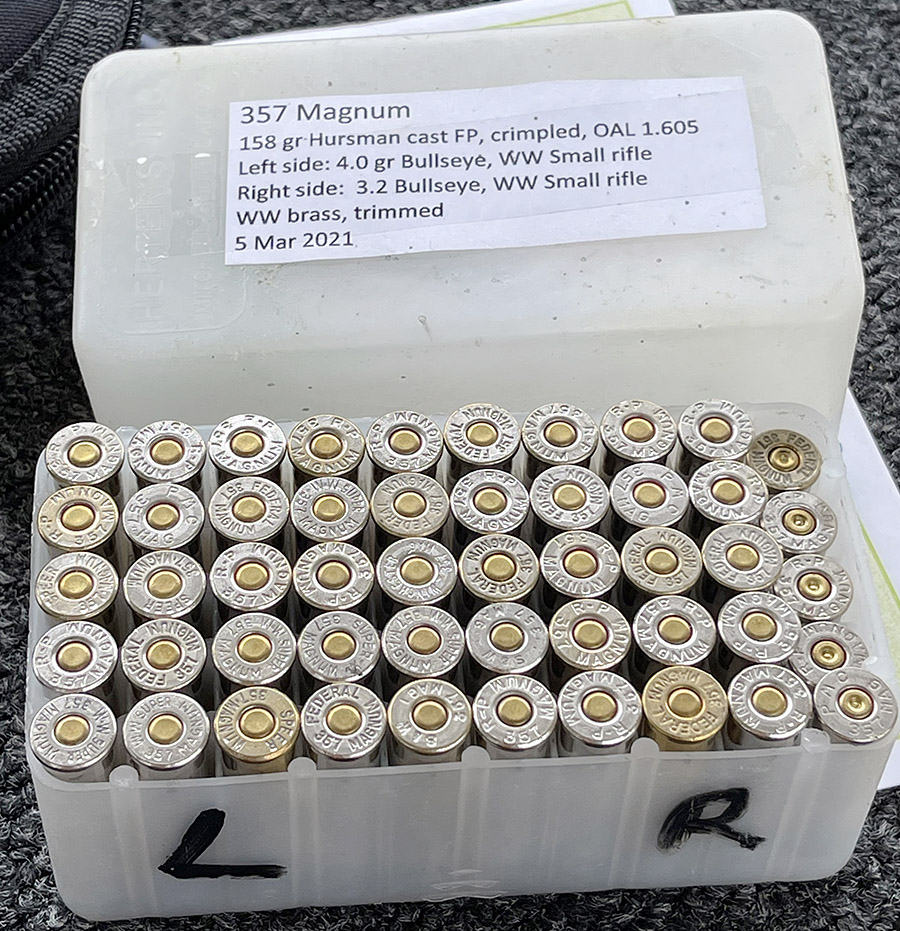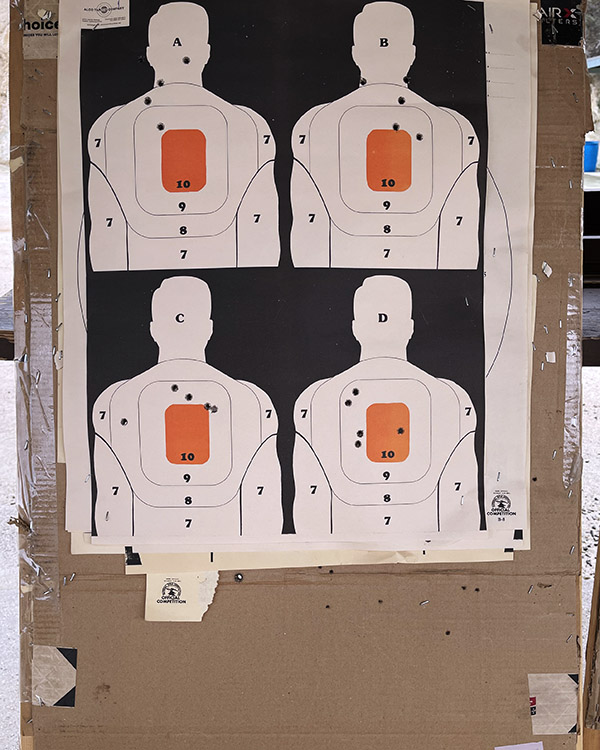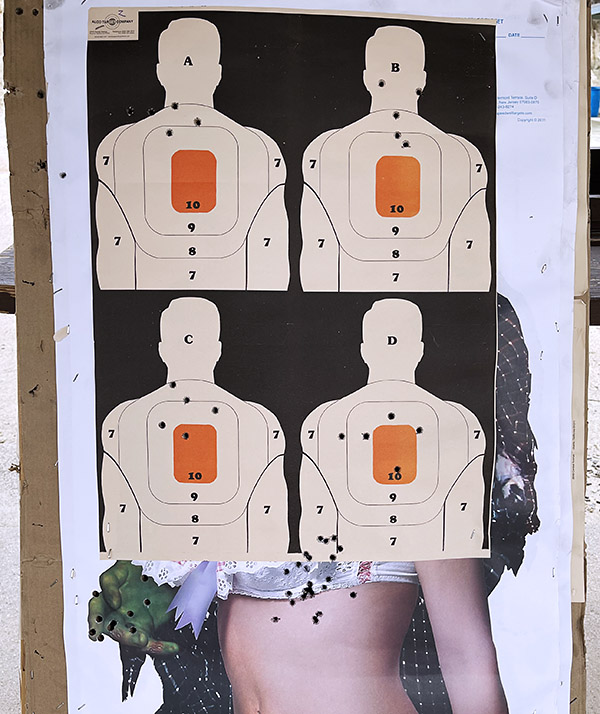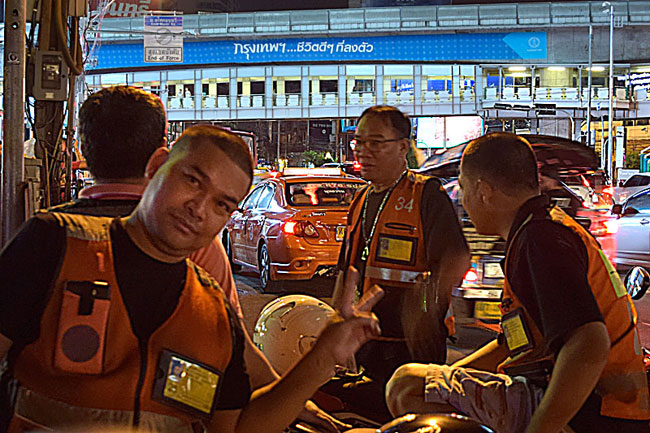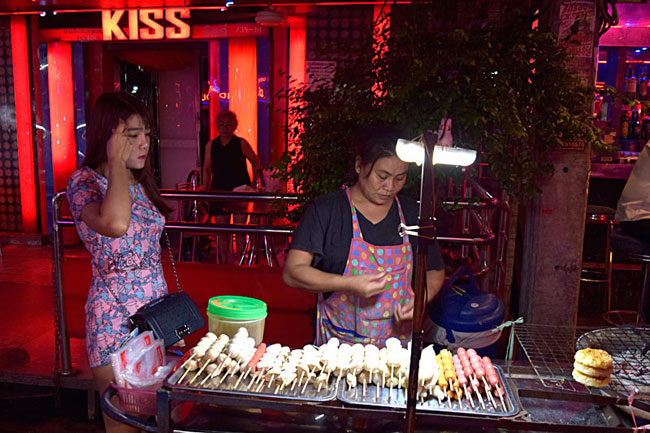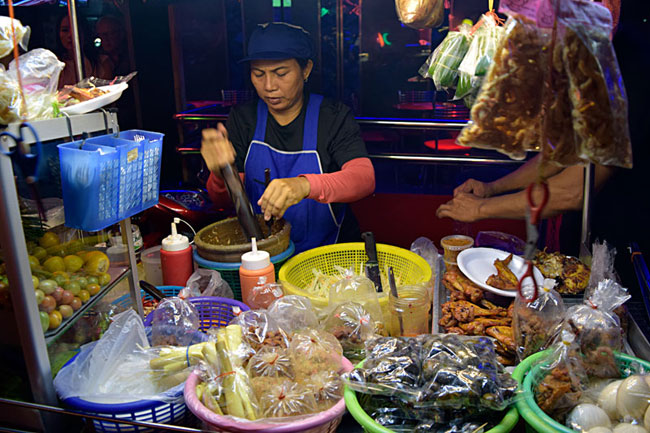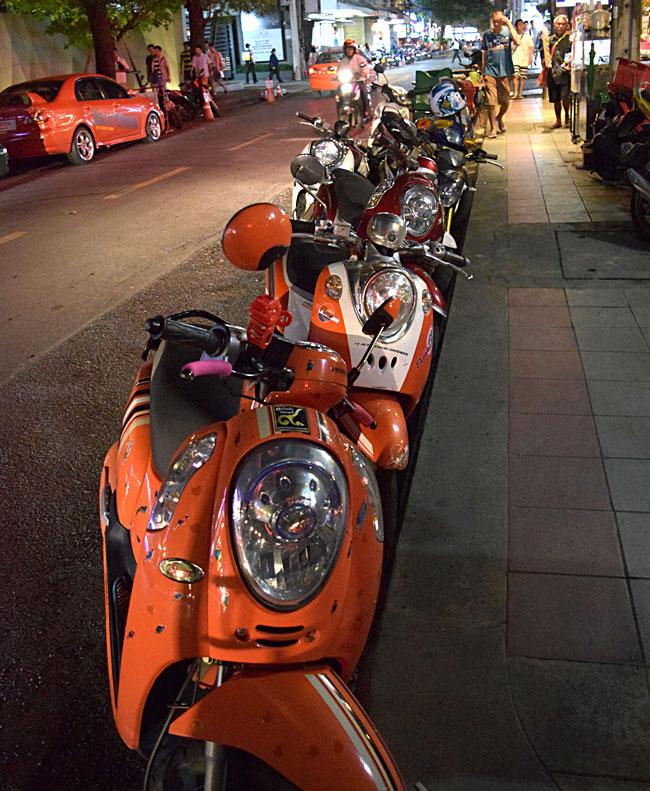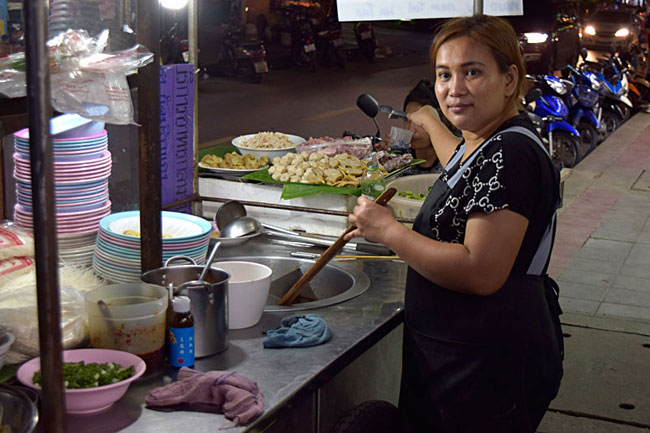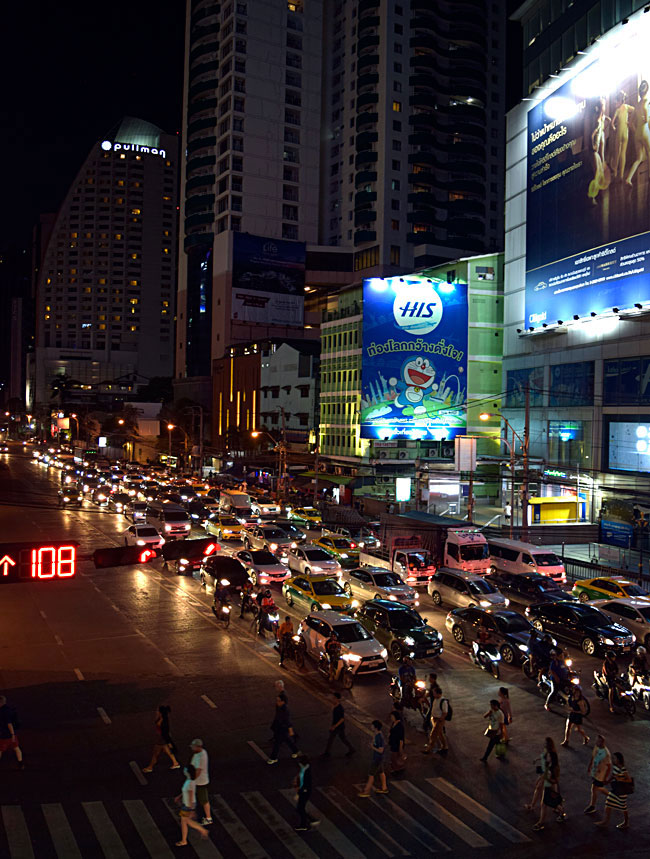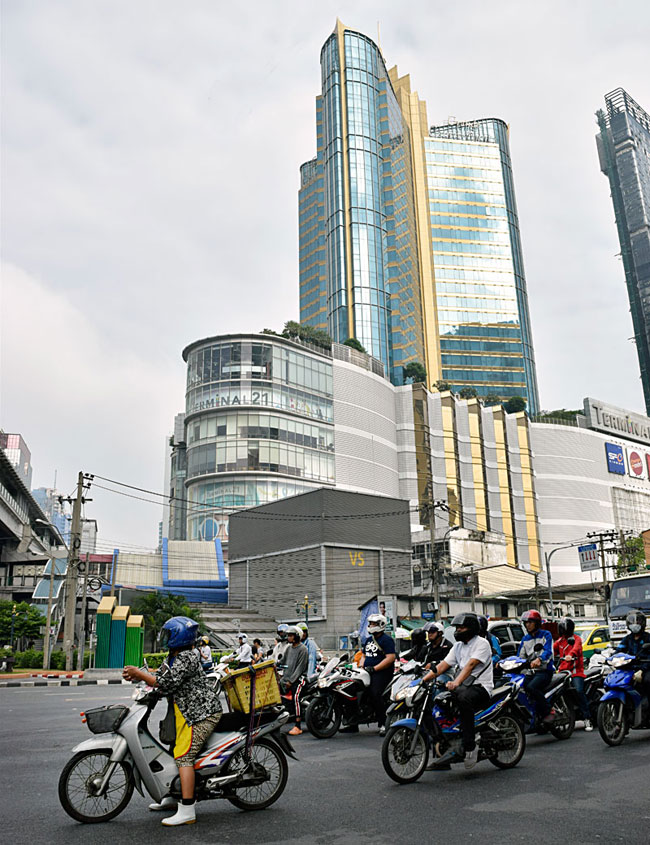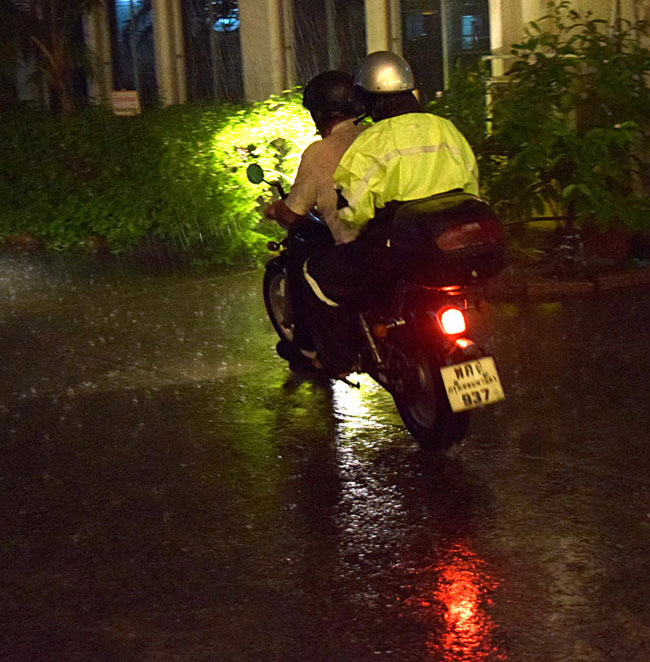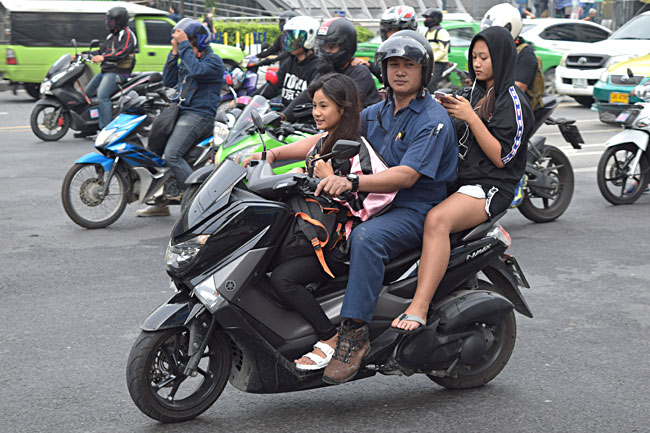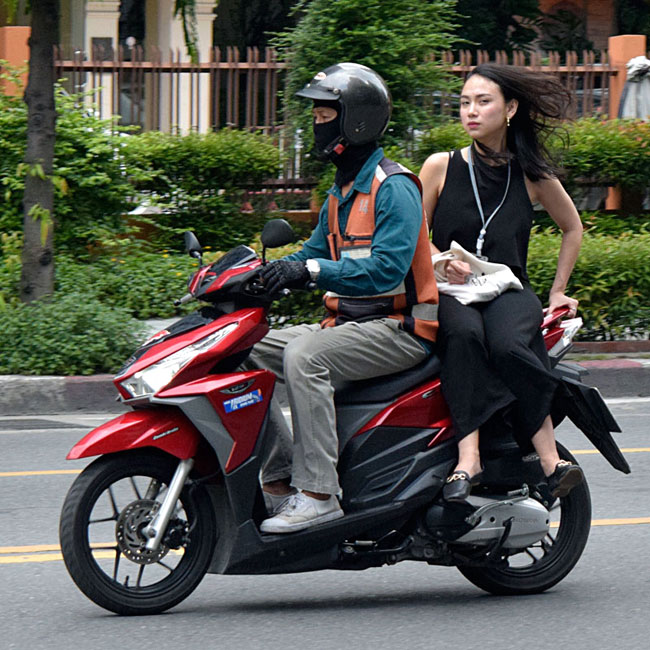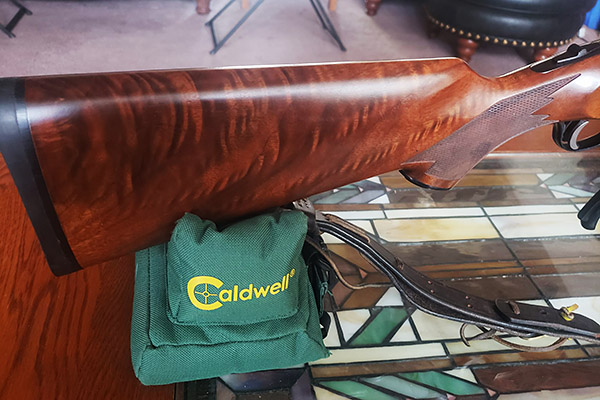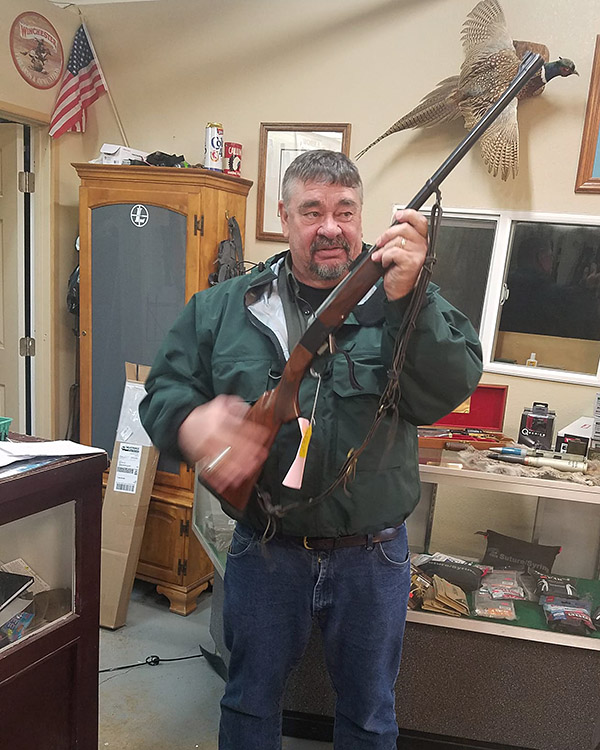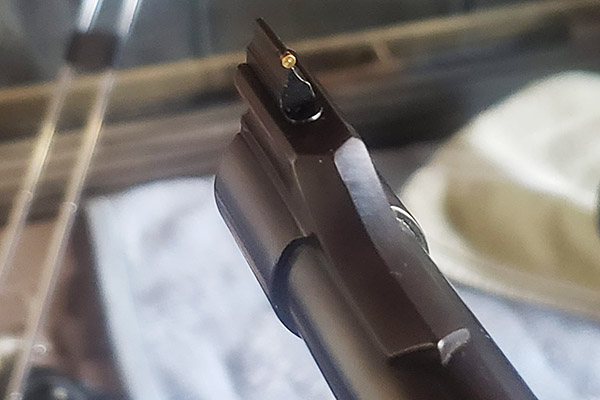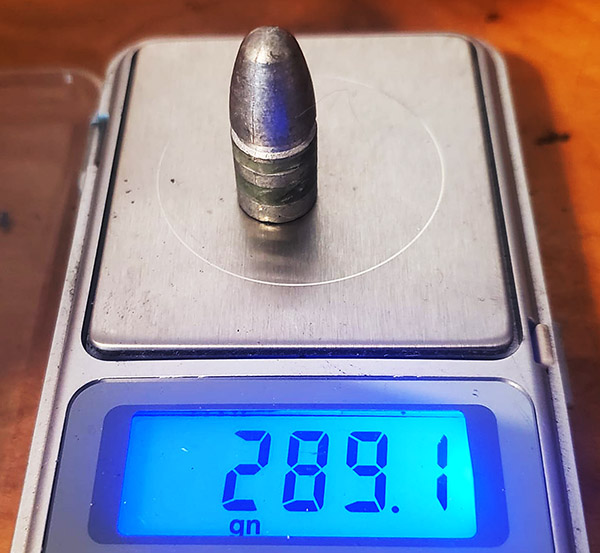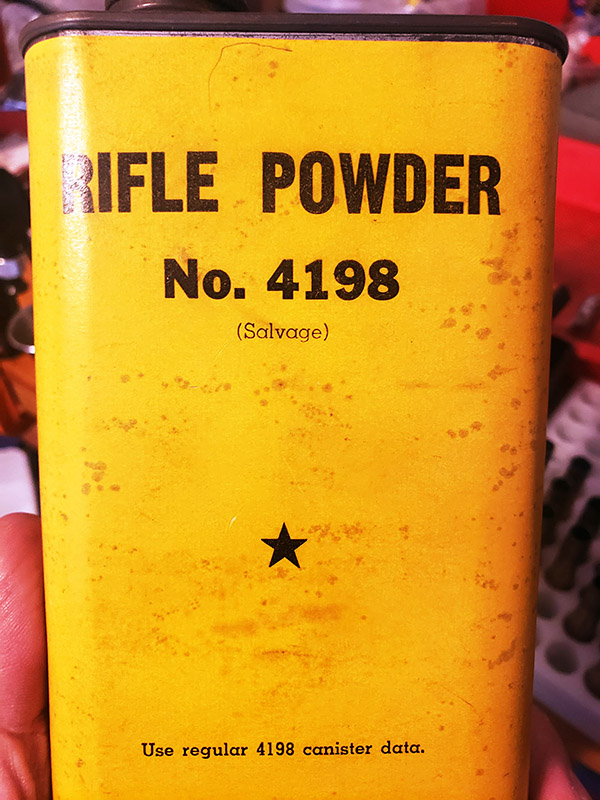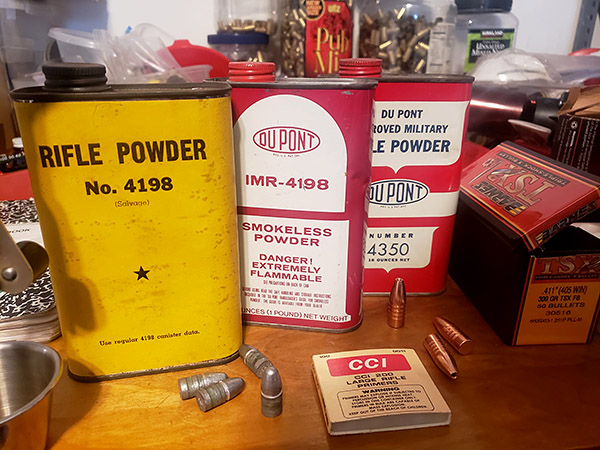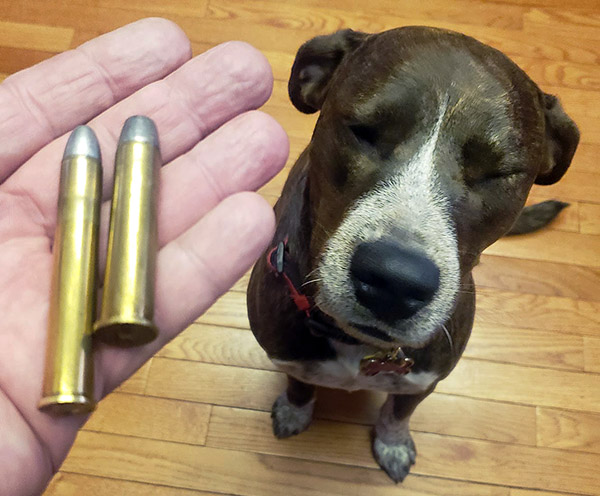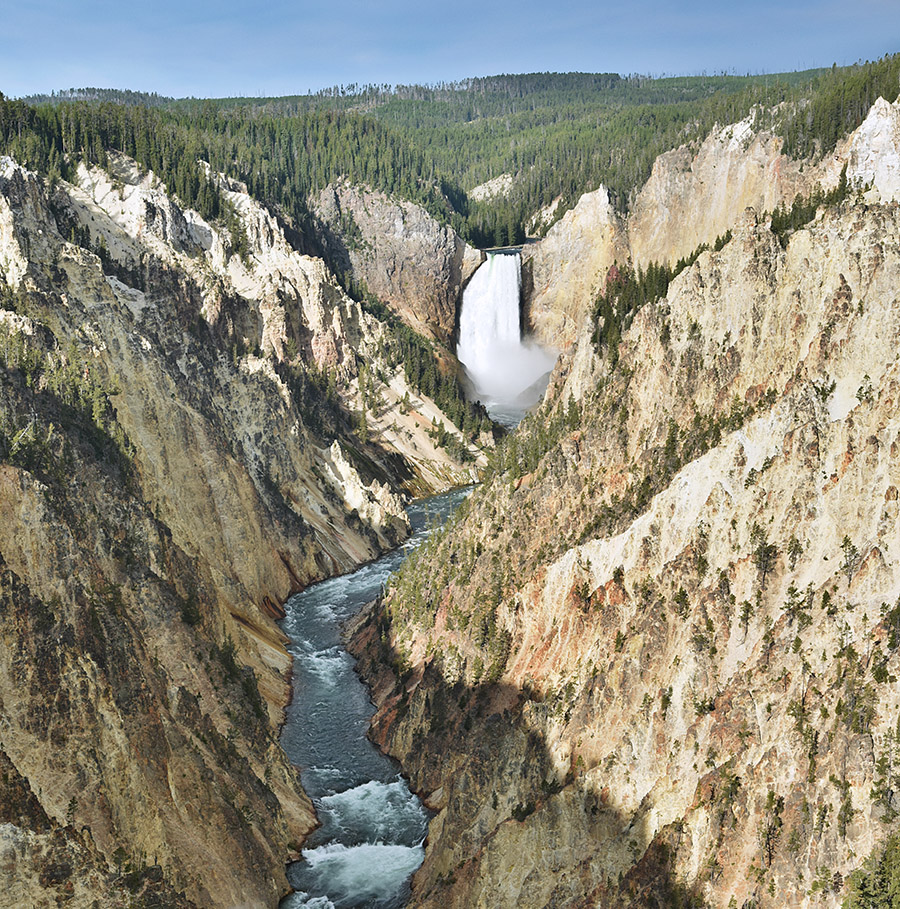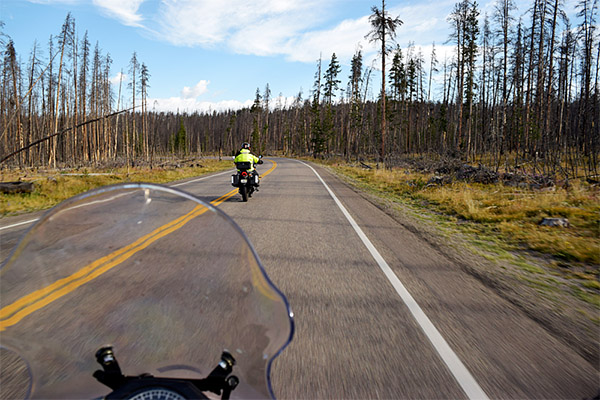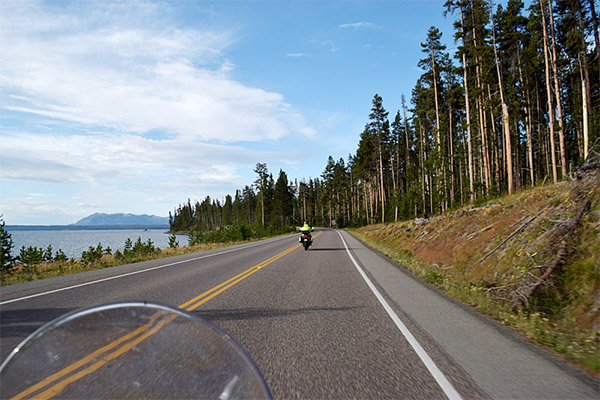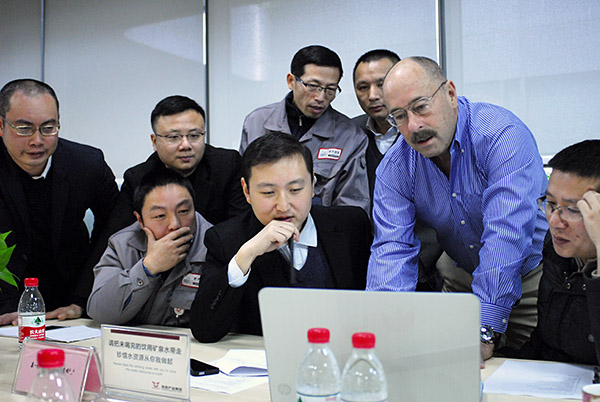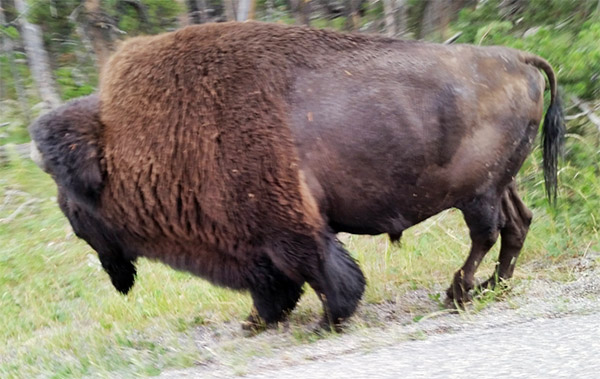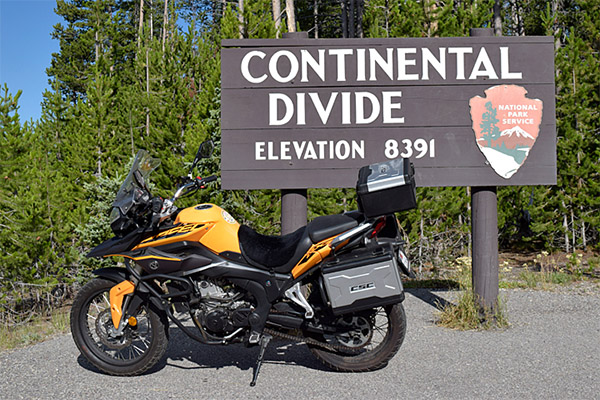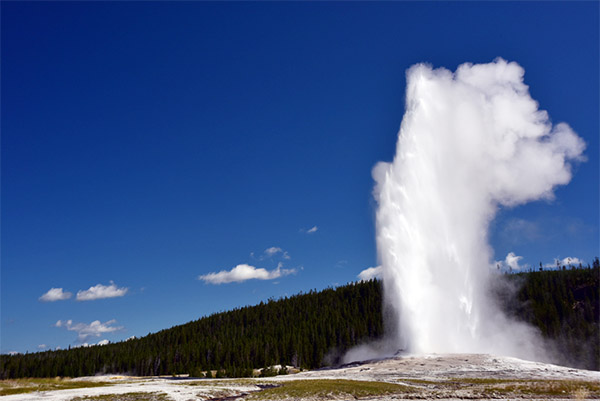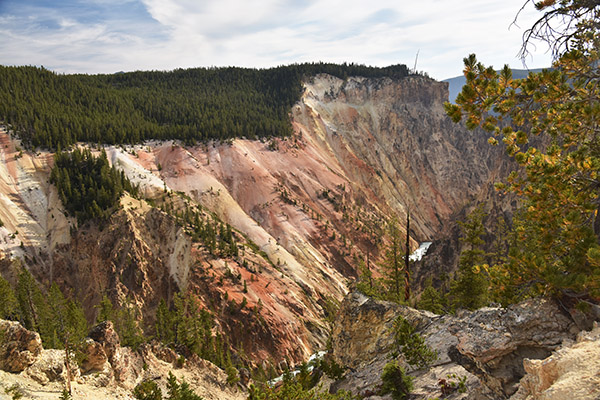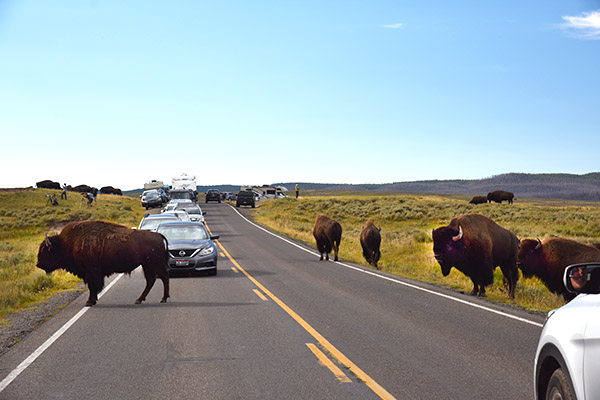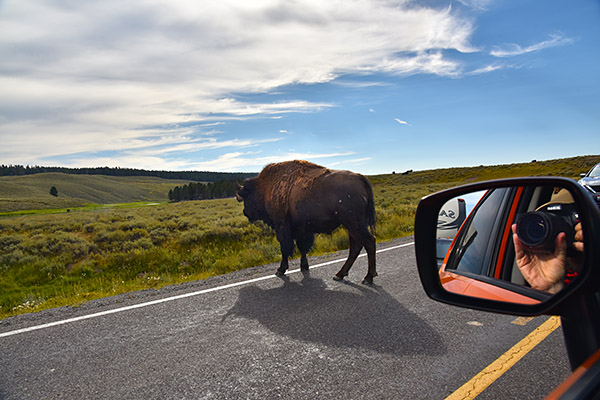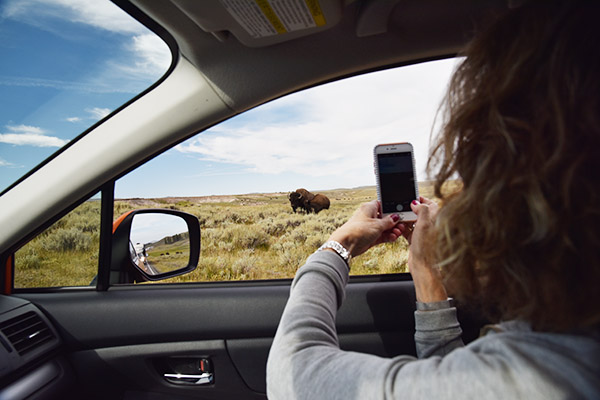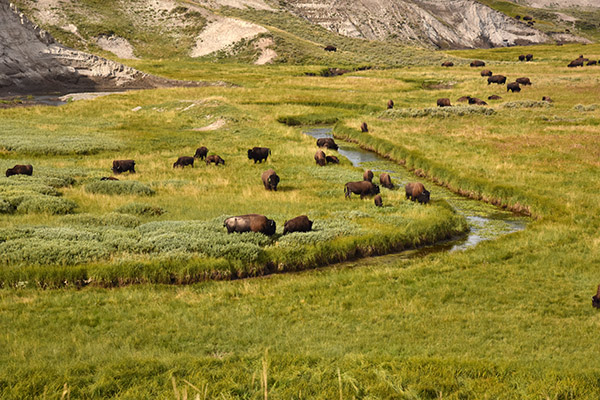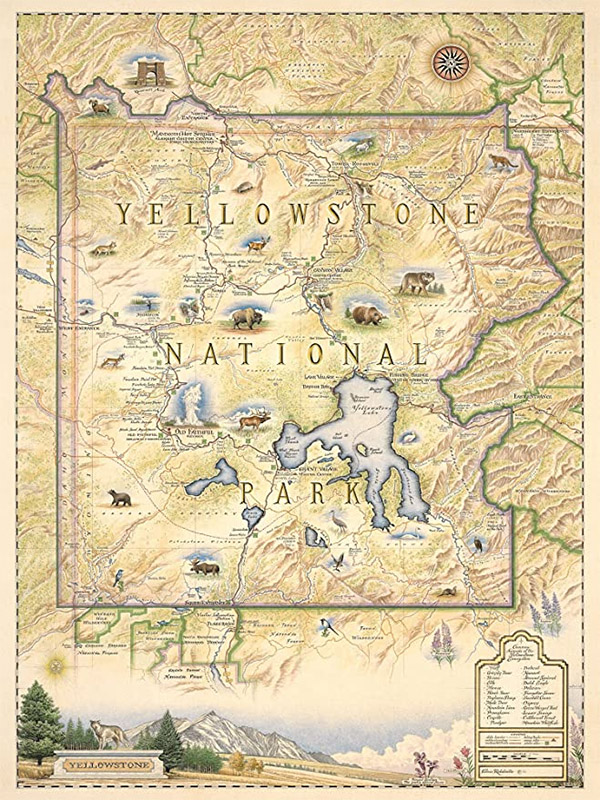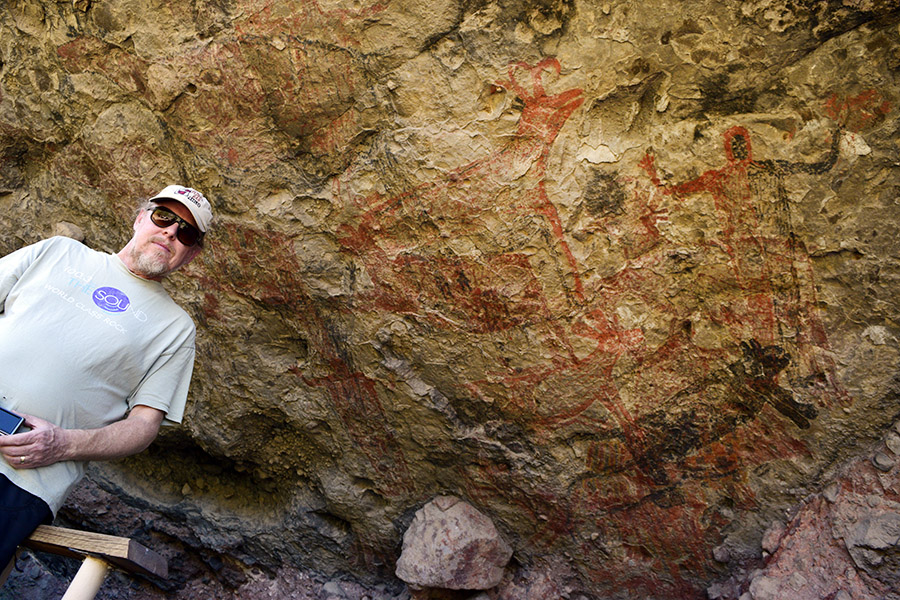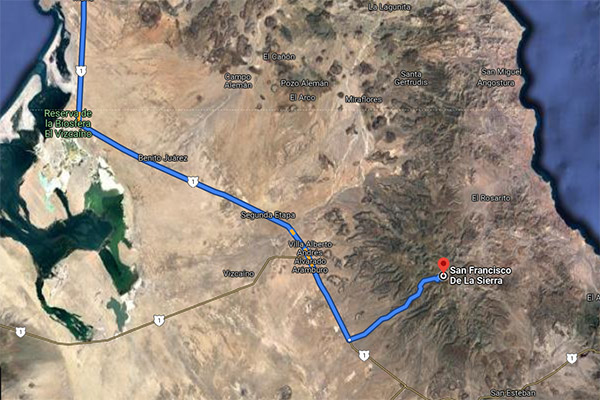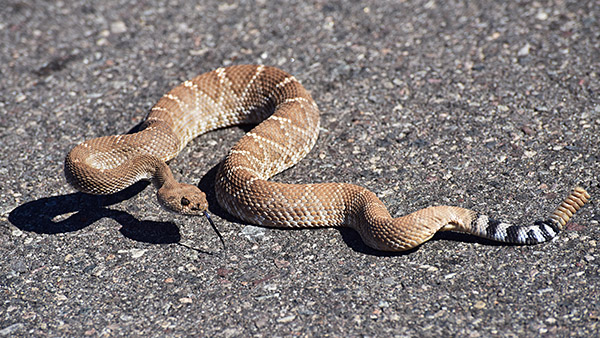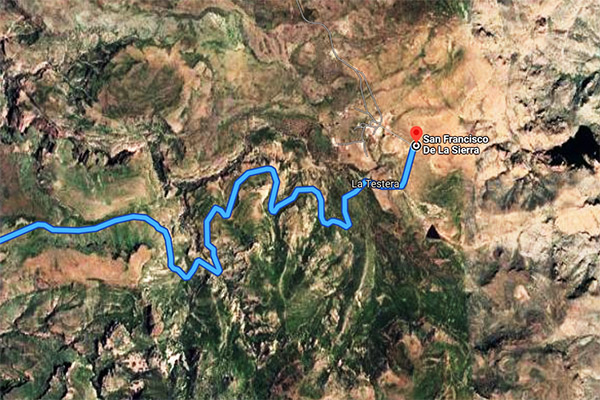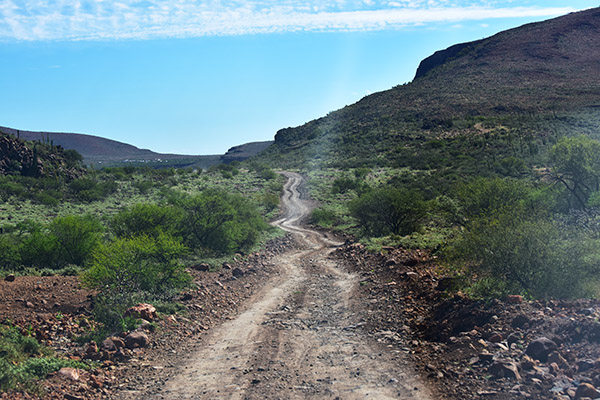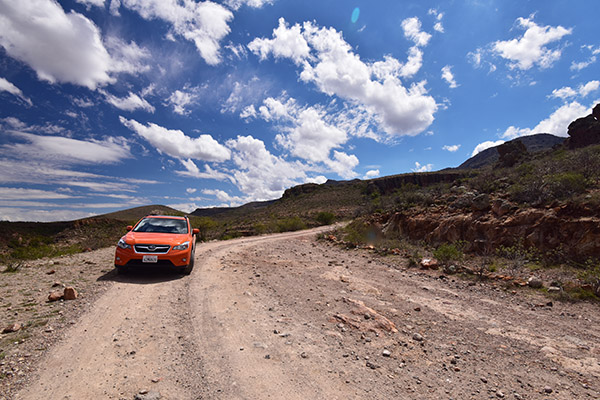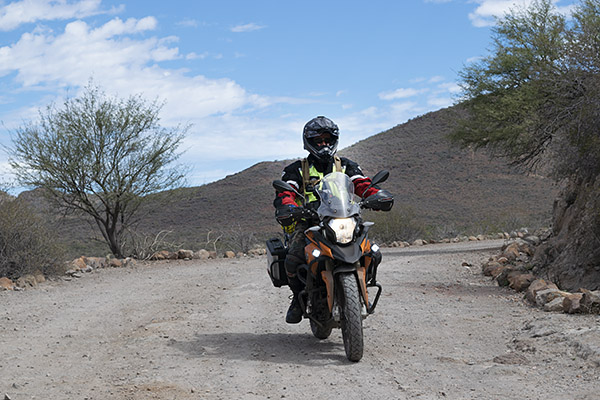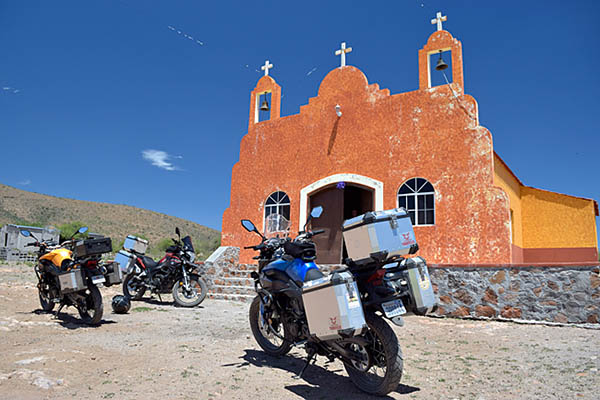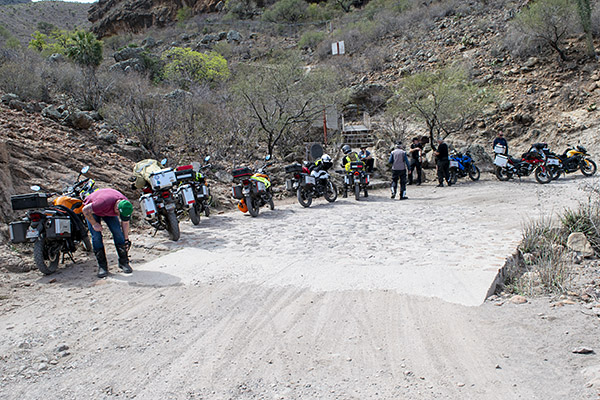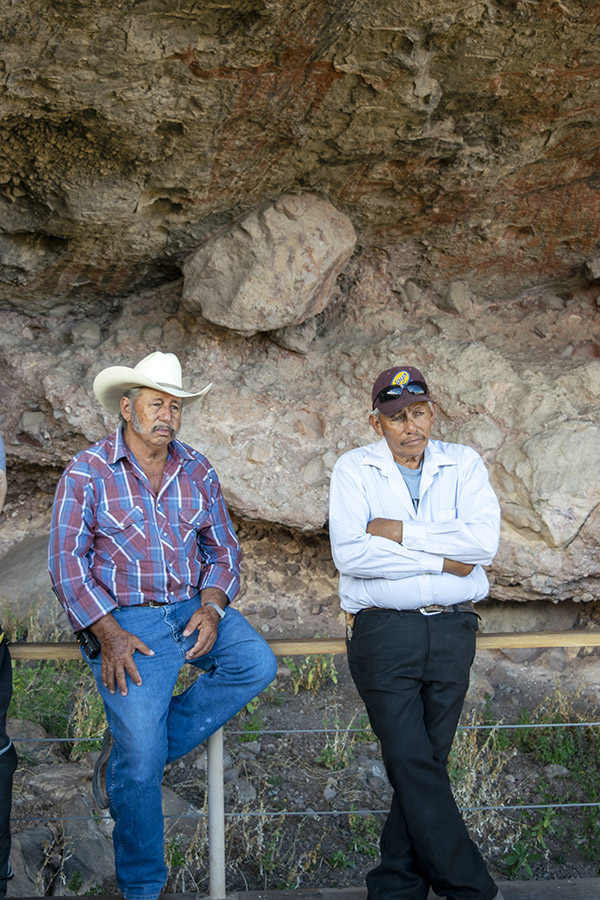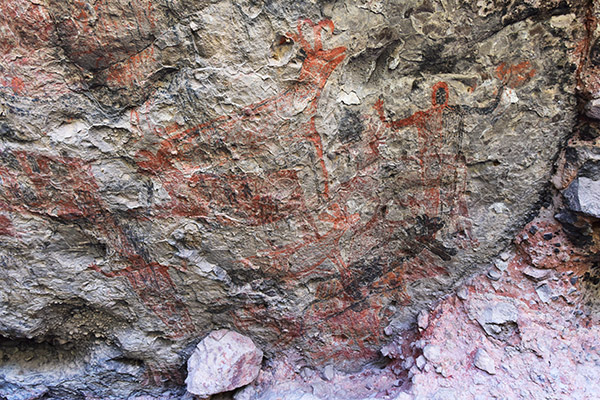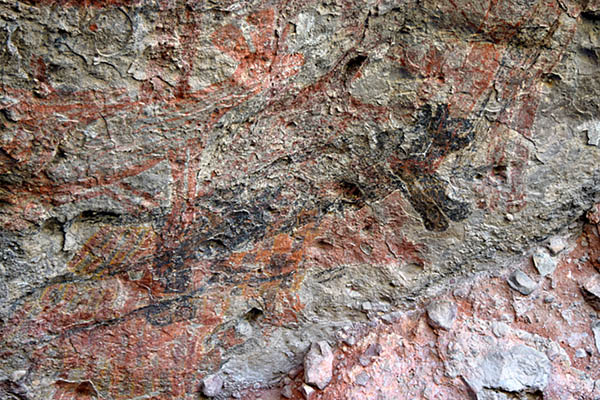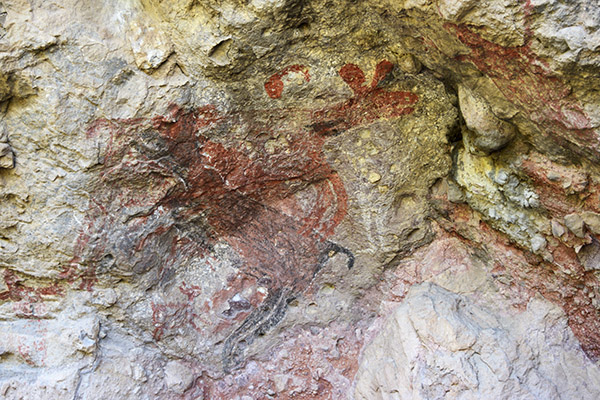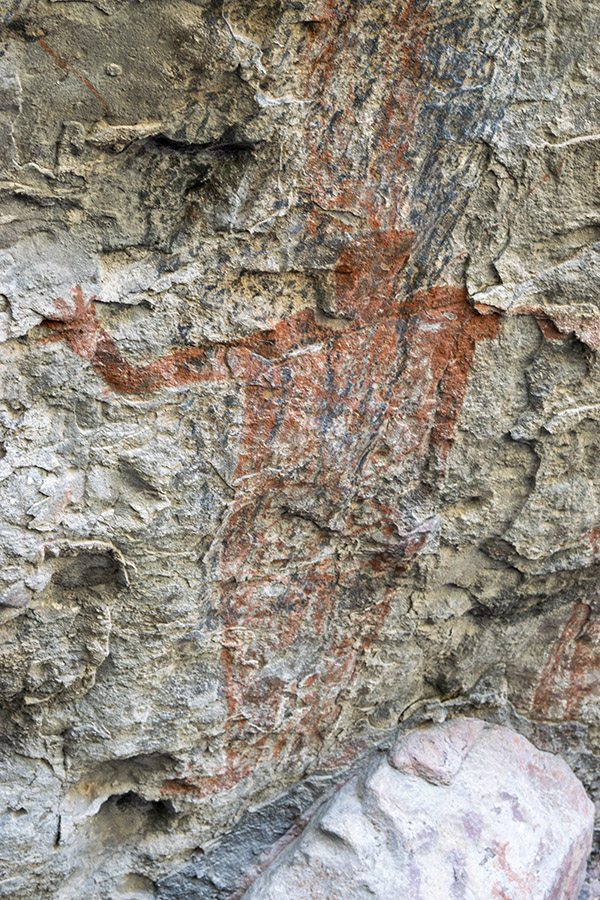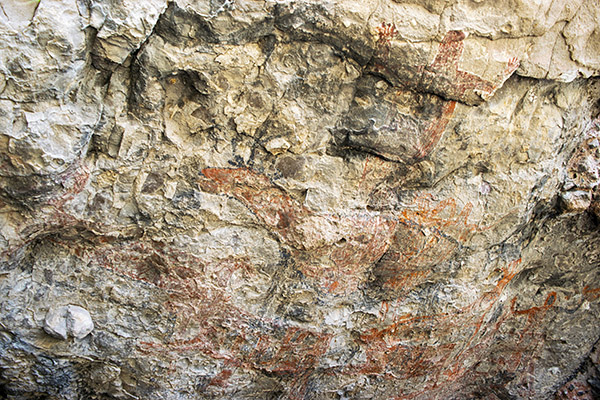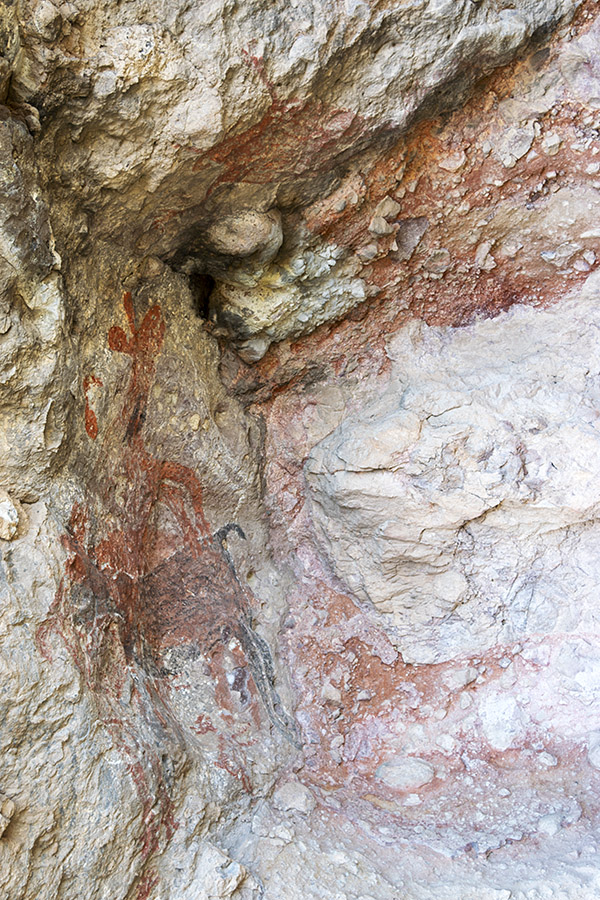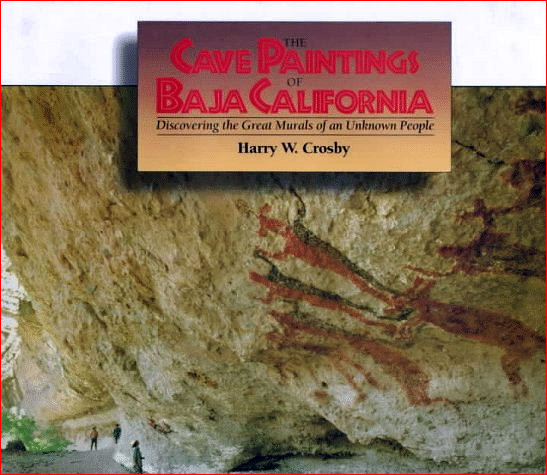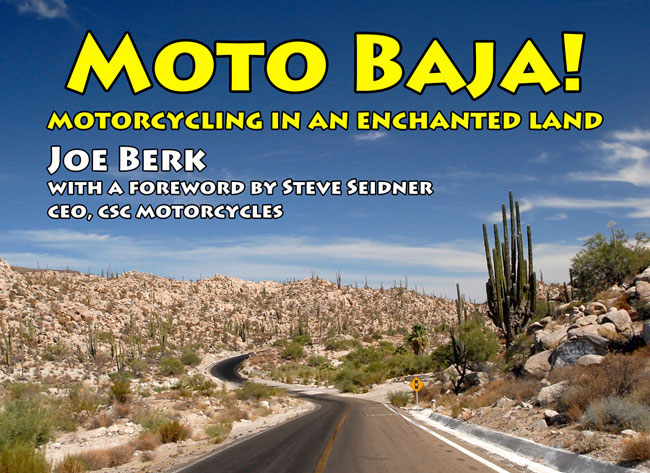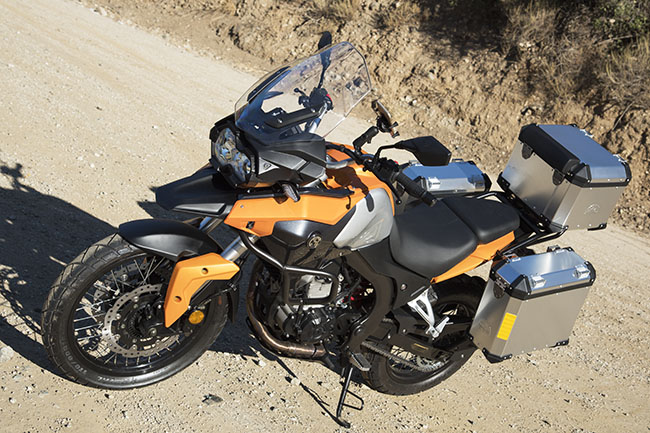I am a fan of both the No. 1 and the No. 3 Ruger single shot rifles. The No. 1 is the more elegant rifle with a fancier lever, a pistol grip stock, checkering, a rubber shoulder pad, a slick quarter rib, fancier walnut, and more. The No.3 was the economy version without checkering, plain walnut, an aluminum (and later plastic) shoulder pad, and a no frills look. When I started collecting these rifles in 1976, the No. 1 was chambered in contemporary cartridges and priced at $265. The No. 3 came in classic chamberings; in 1976 that included .22 Hornet, .30-40 Krag, and .45-70. Ruger listed the No. 3 at $165, and you could buy them all day long for $139. Which I did. In 1976, I bought No. 3 rifles in all three chamberings. All had the “Made in the 200th Year of American Liberty” inscription.
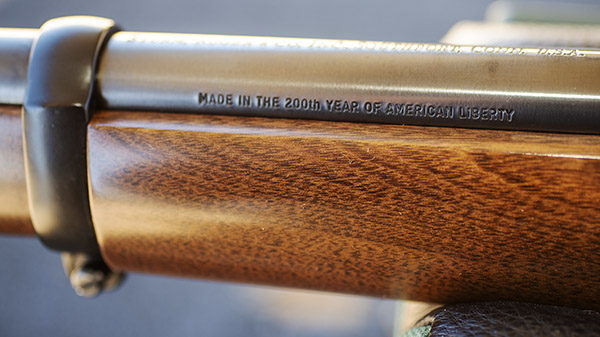
I was younger and dumber in those days, and I stupidly sold all three rifles within a year of purchasing them. The Hornet went to Army buddy Jim, the .45-70 went to another Army buddy also named Jim, and the .30-40 was traded for something else I can’t remember. If you’re reading this blog, you realize the phrase “stupidly sold” is redundant. We have all sold guns we wish we kept.
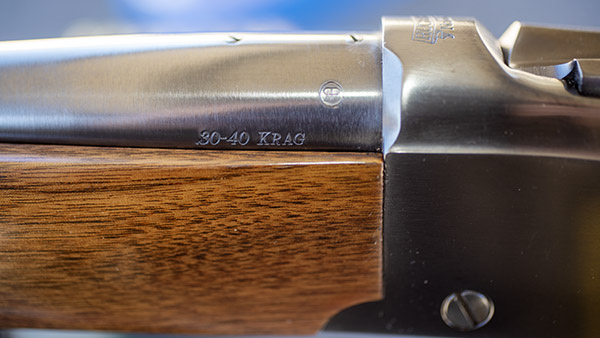
I wanted to undo the wrong I did, and about 15 years ago I started a search to replace my No. 3 rifles. The .45-70 was the easiest to find and the .22 Hornet followed shortly thereafter. The prices had gone up (used, they were going for about $650-$700 back then). The .30-40 Krag was tougher to find. I’m assuming it was because Ruger made fewer of them. Then I spotted something I had to have: An unfired .30-40 No. 3 advertised on Gunbroker, and it had significantly nicer wood then No. 3 rifles typically have. I had to own it and I paid top dollar. When I called the shop, I used my American Express card instead of a certified check because I was eager to get it. I had to pay a 4% premium, but that turned out to be a good thing (more on that in a second).
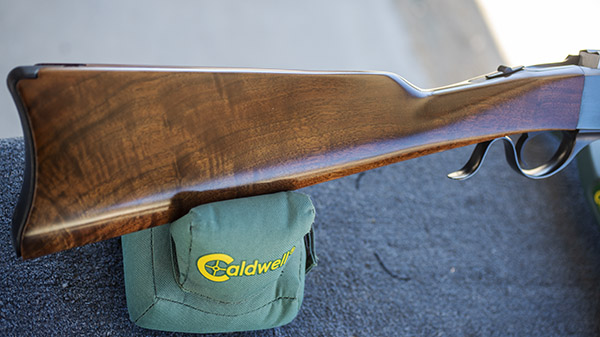
The shop that sold it to me did something stupid. They shipped the rifle in the original box with no additional padding and they didn’t insure it. You could get away with shipping a No. 1 Ruger in the original box, as they were stout and contained big pieces of foam padding. The No. 3 had a flimsy cardboard box in keeping with the No. 3’s lower price. You can guess where this story is going.
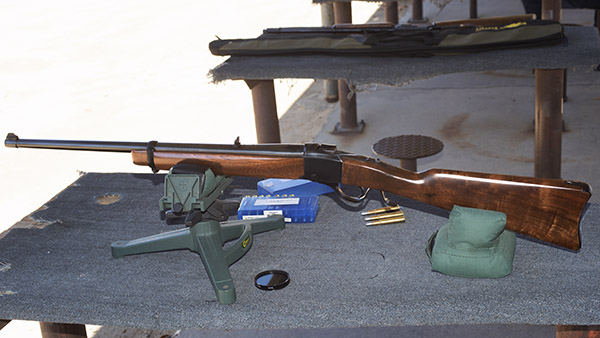
Yep, the rifle arrived with the stock broken at the wrist. Wow. The wood was as beautiful as it looked in the Gurnbroker.com ad, but it was busted. I had a brand new, unfired 200th year No. 3 in .30-40 Krag with nice wood and its collector value was ruined. Like the box, I was crushed.
I called the shop owner, who turned out to be a real prick. “It’s your problem, and it’s between you and the US Post Office,” he told me. “You didn’t tell me to insure it, so I didn’t. Once it leaves here, it’s yours.” I told him I was going to have the stock repaired and I offered to split the cost with him, but he kept repeating his mantra: Once it leaves here, it’s yours.
Keep us publishing: Please click on the popup ads!
I told this sad story the next day during our usual geezer gathering at Brown’s BMW in Pomona, and good buddy Dave asked if the gun shop had asked me about insurance. “Nope, he never asked and I didn’t mention having it insured. I guess I just assumed it would be.” Dave explained that I was right to make that assumption, so I called the shop owner again, I explained to him I had learned about insurance responsibilities, and I again offered to split the repair cost. He said no again.
Then I remembered I had used my credit card. I called American Express, I explained the situation, and I told them it would cost about $275 to have the stock repaired and refinished. Not a problem, the guy on the other end of the line said, and just like that, he took $275 off the charge and said that the shop owner had 30 days to appeal. He didn’t, and that was that.
I sent the rifle off and when it came back I was both pleased and disappointed. I had asked the place I use for such work to match the original Ruger finish, but they did not. Instead, it was a much deeper and more glorious oil finish. It was nicer than the original finish, but it wasn’t original. That was good news and bad news. I had planned to keep the gun in its unfired condition, but now that it was busted, repaired, and refinished, it would be a shooter (that was the good news).
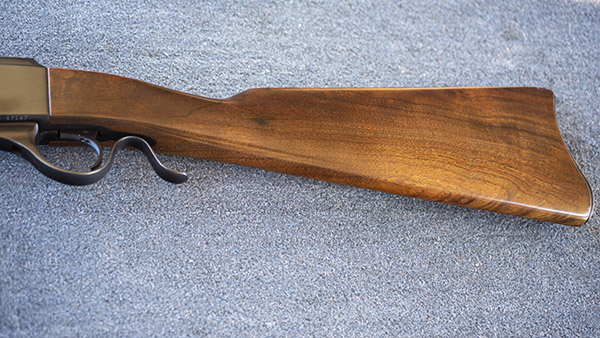
I didn’t shoot the No. 3 immediately. This all happened 15 years ago before I retired and before COVID hit. I recently decided I needed to shoot the .30-40, so I ordered unprimed brass and Lee’s Ultimate four die set. Both were initially unavailable, but they came in and I was in business. I already had large rifle primers, a stash of what has to be one of the best powders ever for cast bullets (SR 4759), and a bunch of 173-grain gas checked bullets.
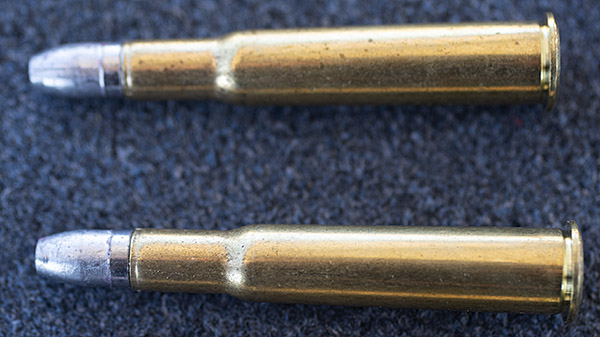
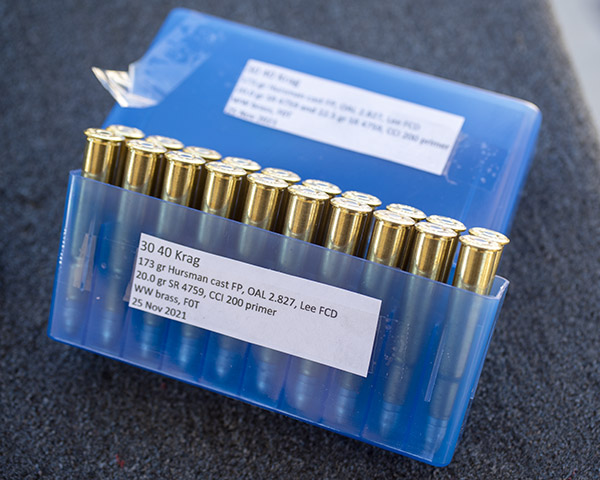
I seated the cast bullets to the crimping groove and used the Lee factory crimp die, and the cartridges looked great. I tried a number of different SR 4759 powder charge levels in the Lyman cast bullet manual. When I fired on the 50-yard line at the West End Gun Club using the rifle’s open sights, I found that 20.0 grains of SR 4759 is my accuracy load.
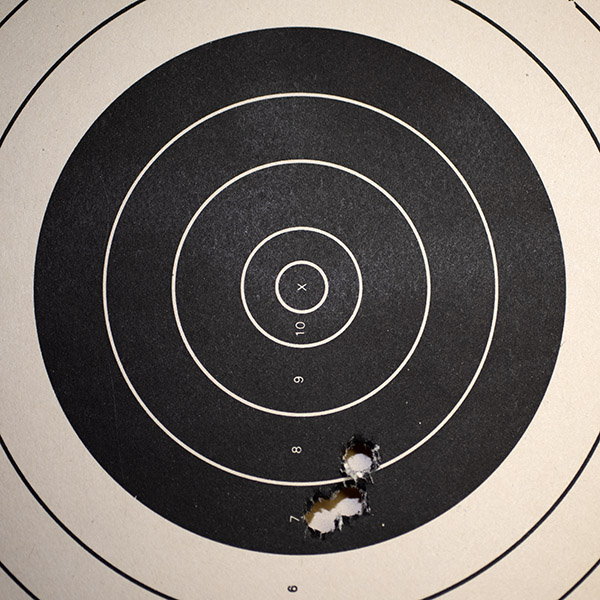
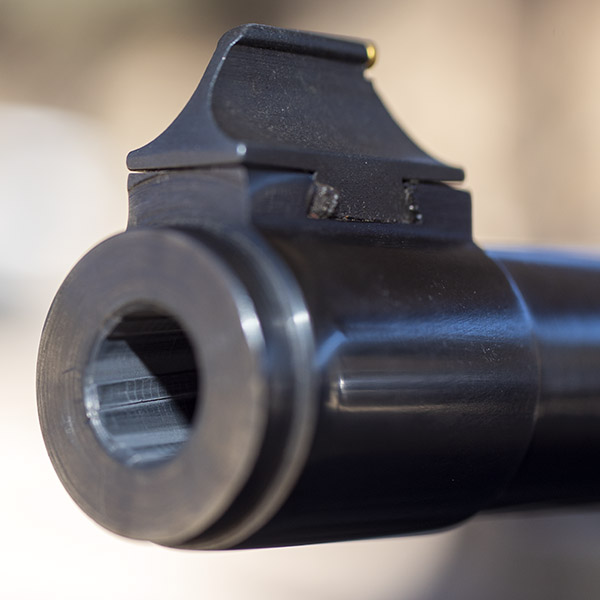
The .30-40 Krag is an interesting cartridge. It was the US Army’s standard chambering after they phased out the .45-70 Springfield. The new rifle was the 1892 Krag-Jorgensen rifle made at the Springfield Arsenal. It was the first military cartridge designed for smokeless (as opposed to black) powder, and it originally fired a 230-grain jacketed bullet. The .30-40 is a rimmed cartridge that looks a lot like the 7.62x54R Russian cartridge (which came out just one year earlier). The ballistics of both are fairly close to the .308 Winchester (which is the 7.62 NATO round we currently use).
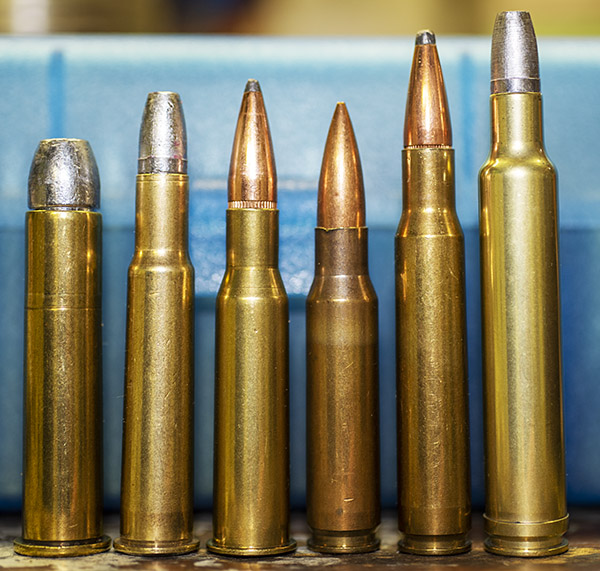
After our experiences in the Spanish-American War, our government load plant created and issued a hotter version of the .30-40 Krag in an attempt to match the speed and ballistics of the Spanish 7mm Mauser round, but the Krag rifles started cracking bolts. All the .30-40 Krag ammo was recalled and reconfigured with the original, lower pressure load. The .30-40 Krag was also used in the Gatling gun. You can read about that here:
The .30-40 Krag only lasted about a decade in US government service. It was replaced with the .30-03 in 1903 (which was soon replaced with the .30-06, which became one of the most popular hunting cartridges ever). The history of this fine old cartridge is interesting; shooting it with cast bullets in a sleek Ruger No. 3 is good old fun. I might never have known that if the stock had not broken.
Never miss an ExNotes blog…sign up here for free!
More ExNotes gun stories are here!

